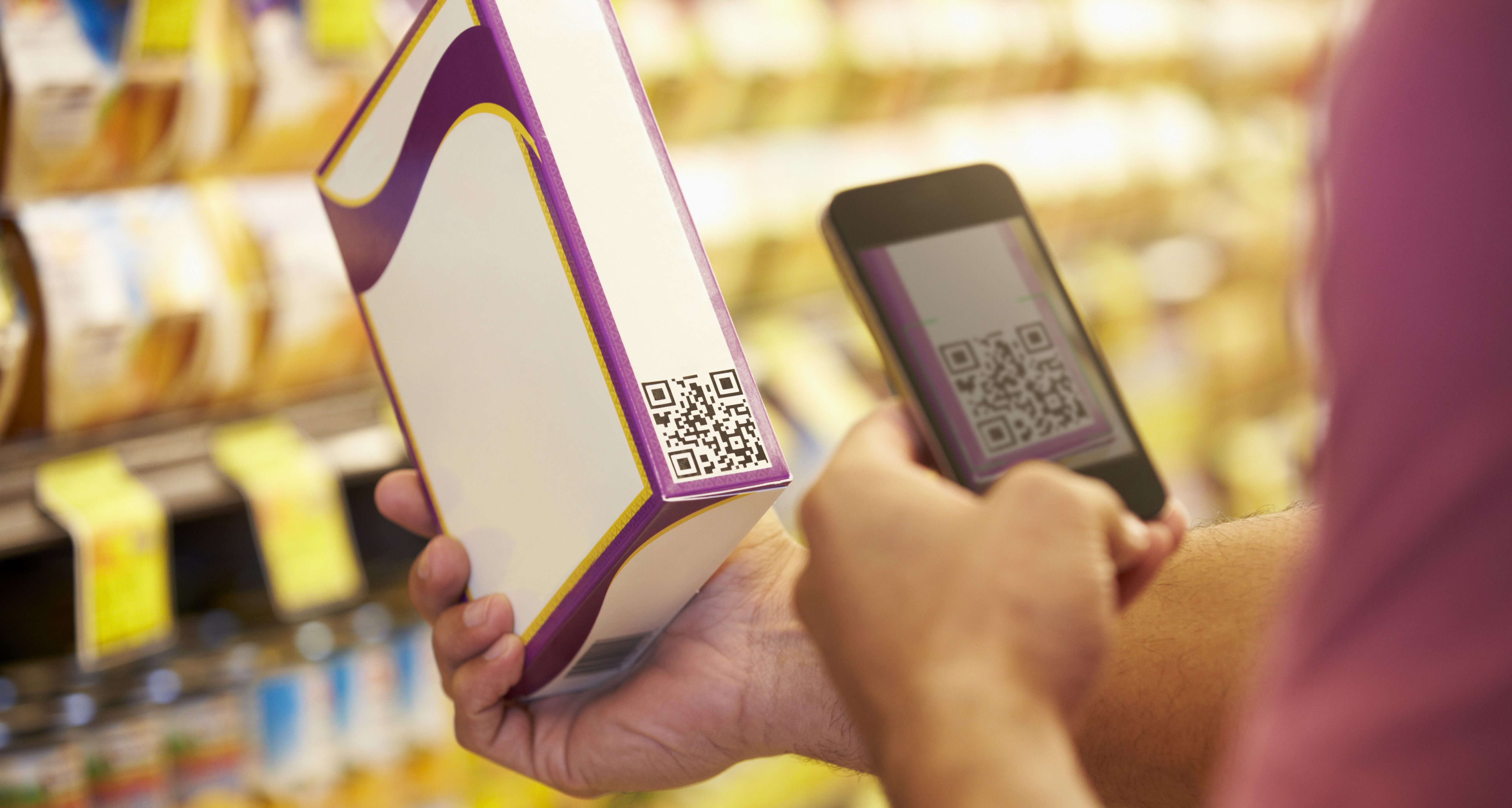At a time of increased integration of digital technology in all aspects of life, food information is just another field expected to go through a substantial transformation. New channels to access food information are gaining in popularity in Europe, alongside traditional package labelling, which is crucial for people with food allergies.
The work of the Codex Alimentarius Commission, and in particular its Codex Committee on Food Labelling (CCFL) around the use of technology for food information is of utmost importance, as it will largely frame the technical aspects of food labelling, but also define the level of accessibility to food information for the public, and especially most vulnerable groups - food allergy patients.
The decision of the CCFL to develop a new guideline for the use of technology in food labelling aimed to streamline an emerging practice that was not sufficiently addressed neither from the General Standard for the Labelling of Prepackaged Food (GSLPF) or the Codex work on e-commerce. The new guidelines would also define the circumstances where the use of technology would be appropriate in food labelling; ensure consistency between on-pack information and that provided through technology; and facilitate legibility, language, presentation of information and accessibility to consumers.
Digital means for health-related information on food products, such as ingredients and allergens, are extremely helpful, but can only be additional and/or complementary to the on-pack information on allergens, and must never fully replace it. In other words, health-related food information must be never provided exclusively via electronic means.This is why EFA is driven by one key principle: physical on-pack labelling is the most basic and important source of information on allergens.
EFA has developed a set of priorities to ensure that the use of technology for food information comes at the service of consumers living with food allergy:
Same label on-pack and online
Allergen information to consumers provided electronically must be consistent with the information on the label and clearly refer to the specific product (recipe and manufacturer) to ensure clarity and avoid confusion
Selling food means providing information on food allergens
It is particularly important that third parties who sell food to consumers need to be aware that allergen information must be accessible to consumers before purchasing the product.
Digital as complementary only
Digital means of food information can be useful tools during emergencies. However, they are not equivalent to conventional labelling on a daily basis and should only complement on-pack labelling. For EFA, the principle must be complementarity, rather than replacement.
Free access to electronic food information
As for the protection of personal data, it must be ensured that any electronic information should be available without the obligation for a consumer to share their personal data to access it to secondary or third parties. Consumers with food allergies need to have immediate access to information relevant to their disease, ithout being dependent on a third party platform or app.
Read full EFA responses to the consultations on the use of technology to provide food information here:
April 2022: technology consultation
April 2023: consultation (step 3)
October 2023: consultation (step 5)
More information about our work on food labelling is on our website.
